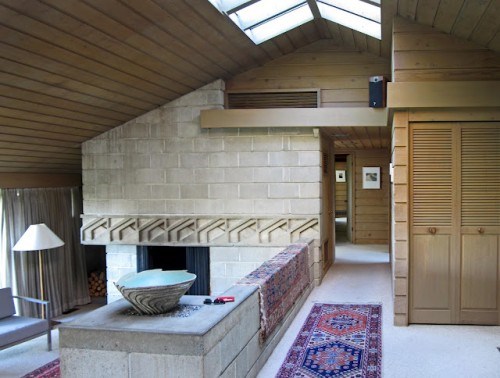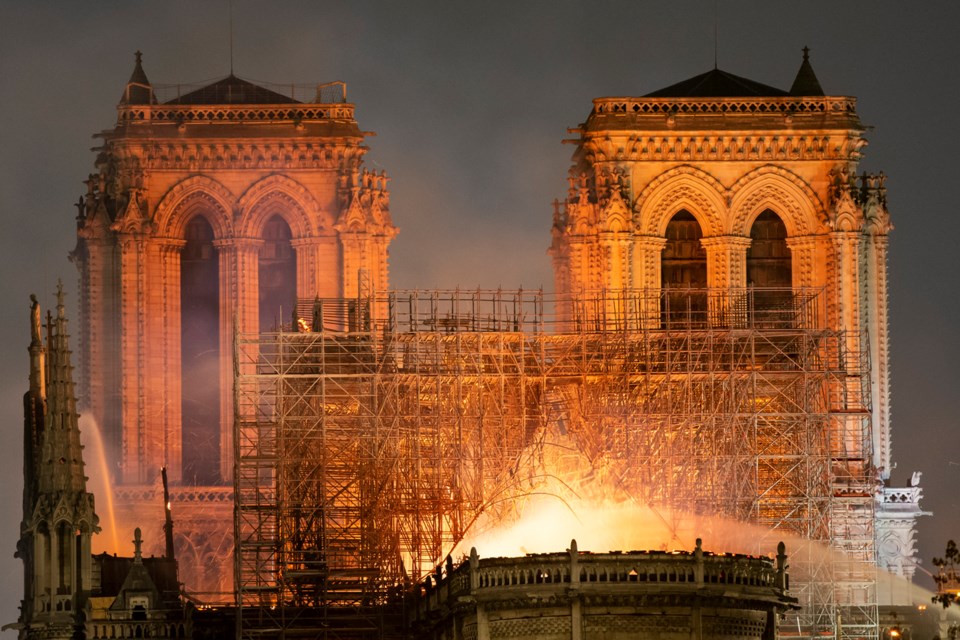Last Monday, people around the world were devastated as they watched Paris’s Notre Dame Cathedral on fire. That evening, I was invited by Corus Radio Network’s Charles Adler to offer an architect’s perspective on the building’s heritage and significance. While I urged the show’s producer to invite a more knowledgeable heritage architect, time was short, so I did the interview.
I told Adler every architectural student around the world studied Notre Dame’s design and construction with its awe-inspiring interior spaces and innovative use of “flying buttresses.”Ěý While the cathedral had originally taken almost 200 years to build, I was certain it would be rebuilt, and within the next 24 hours we learned that hundreds of millions of euros had been pledged towards its reconstruction.
Since then, many have lamented that the cathedral’s wooden beams, each created from a different 300-year-old oak tree, can never be replicated.
My initial thought was there was no need to construct new beams from giant oak trees. Instead, they could be manufactured with innovative engineered wood products such as cross-laminated timber, like those used to construct the internationally acclaimed 12-storey wooden student residence at UBC.
But then, I wondered why should the new roof even be built out of wood? Why not fireproofed steel? After all, many of the world’s greatest landmark buildings have been altered over time using newer designs, materials and building technologies.
The day following the fire, I attended a meeting of West Vancouver’s recently reconstituted Heritage Advisory Committee, of which I am a member. Before us was a proposal to develop a modern house on a portion of a lot occupied by an early 1950s house designed by Ron Thom, one of Canada’s celebrated mid-century architects. In return for approval, the Ron Thom house would be designated a heritage structure in perpetuity.
The committee was asked to comment on to what extent the interior of the heritage house could be altered. While some members thought the living room’s distinctive raw concrete block walls should be protected, others observed that the house had already been substantially modified with new skylights, kitchen and gas fireplace.

In this , I have often for the preservation of heritage and character houses both to conserve our city’s architectural history and create alternative infill housing choices.
Which brings me back to the Notre Dame Cathedral. While the fire was horrifying, fortunately much of the building remains intact. Only the roof and parts of the vault were completely destroyed.
Now the debate can begin. Should the wood beams be replaced with metal? What about the heavy two-inch thick slate roof shingles? Perhaps the new roof should be glass, as
While I would prefer not to see the Ron Thom concrete block walls covered with drywall, the modern should oftentimes be allowed to replace the authentic.
I look forward to the continuing debate in Paris, and Vancouver.
Ěý
Ěý



